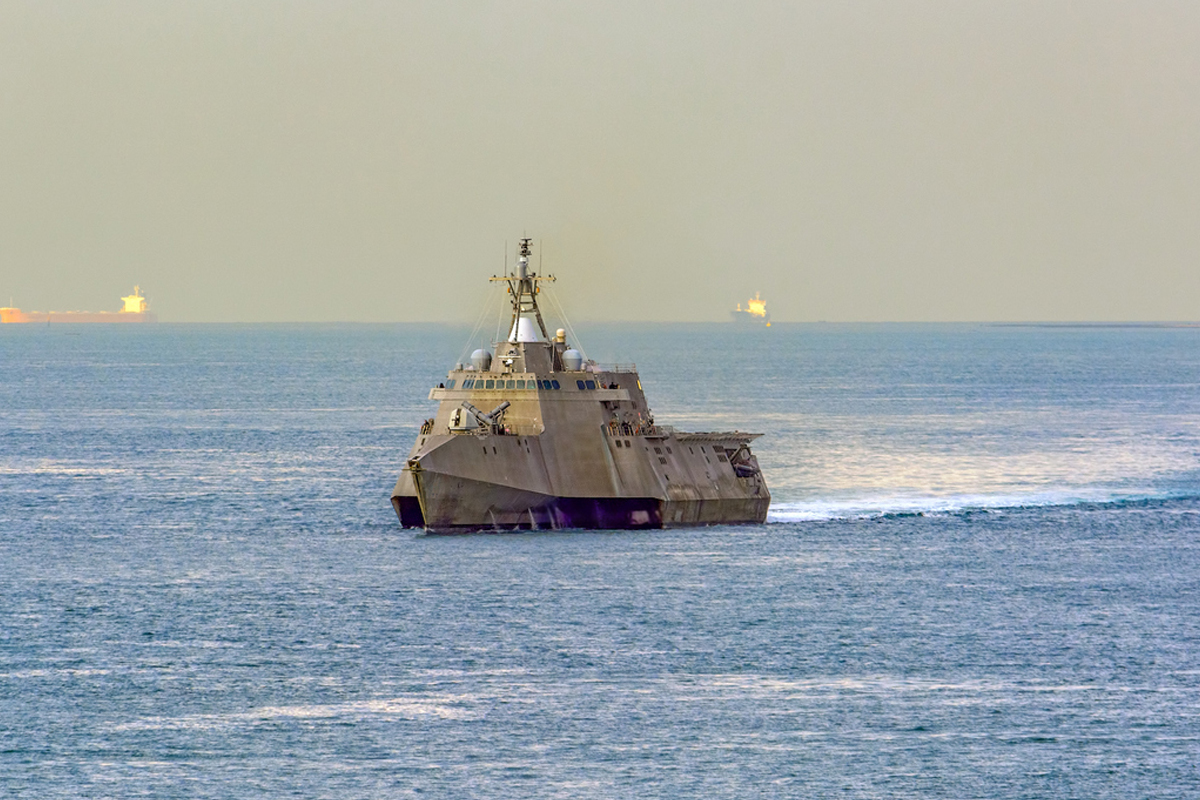Even as Indian and Chinese troops disengage along the Line of Actual Control (LAC) in eastern Ladakh, there’s growing concern about China’s militarisation of its maritime authority in the South China Sea which will have an impact on the geopolitics of the larger Indo-Pacific region. On 1 February, new China Coast Guard (CCG) laws came into effect which provide a regulatory framework for China’s law enforcement operations in areas under its maritime jurisdiction.
Till 2018, China’s coast guard operated under a civilian agency but then the Central Military Commission took over. The message was clear: Coordination between the PLA Navy, CCG and the People’s Armed Forces Maritime Militia to advance Chinese claims especially in the South China Sea (SCS) would be the name of the game.
As a recent report by leading think-tank Gateway House points out, China not only has the largest navy in the world in terms of numbers of ships, but also the largest Coast Guard. “Unsurprisingly, global anxieties have risen with the operationalising of the new laws,” says the report. India’s worry is, if anything, even more pressing.
For there is wide consensus among strategic experts that the new CCG laws have left the term “jurisdiction” geographically undefined, creating ambiguity over its applicability in disputed maritime zones. This is precisely the playbook adopted by Beijing along the LAC, so a feeling of déjà vu in South Block would not be misplaced. According to the Gateway House report, the move “gives the CCG greater latitude for grey zone activities like attacking third-country fishing vessels, and creates uncertainty for smaller nations in the region… The ambiguity in the CCG’s jurisdictional limits, and China’s appetite for grey zone operations, has increased the likelihood of a confrontation between CCG and warships of other nations within the SCS.” Vietnam,
Philippines, and Japan are among the nations in the region which have been victims of China flexing its maritime might. Vietnam has in the past urged India to stand its ground on the exploration of two oil blocks it has inked an agreement with ONGC Videsh for ~ in the face of China claiming the blocks for itself.
The Philippines has been the worst sufferer but the regime in Manila has pivoted away from Washington and towards Beijing lured by economic benefits while Japan has been actively raising the issue of aggressive Chinese maritime claims in the Quad. If New Delhi wants a second front in what is likely to be a long-running battle of attrition with China, reclaiming its historical role of being the “net security provider in the Indo-Pacific” is certainly a way to do it. A possible Quad+France architecture would have the heft, if structured sensibly, to enable a rules-based Indo-Pacific region including in the South China Sea.
But such a strategy must adhere to a cardinal principle if it is to succeed: Smaller nations in the region whose economies are dependent on China should not be pressurised to take a tough stand against Beijing; the heavy lifting has to be done by the biggies.











